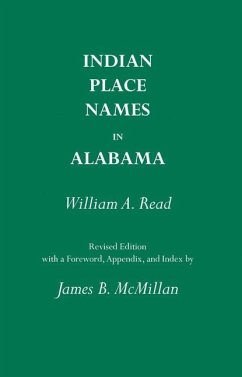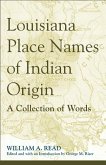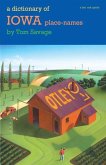"What is the 'meaning' of names like "Coosa" and "Tallapoosa"? Who named the "Alabama" and "Tombigbee" and "Tennessee" rivers? How are "Cheaha" and "Conecuh" and "Talladega" pronounced? How did "Opelika" and "Tuscaloosa" get their names? Questions like these, which are asked by laymen as well as by historians, geographers, and students of the English language, can be answered only by study of the origins and history of the Indian names that dot the map of Alabama.--from the Foreword Originally published by Professor Read in 1937, this volume was revised, updated, and annotated in 1984 by James B. McMillan and remains the single best compedium on the topic.








